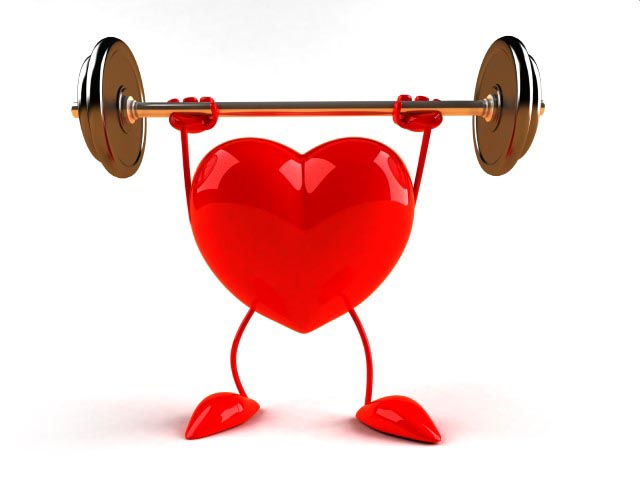Your heart is the powerhouse of your body; it is the centre of your cardiovascular system. In other words, it is vitally responsible for just about everything that gives your body life such as the transportation of oxygen and your immune system. So the importance of taking care of your heart cannot be overemphasised. What does taking care of your heart means? It means that your body needs exercise accompanied by a healthy diet.
Here’s a little Heart 101 to help you understand why your diet and the activities you choose to get involved in (or not) are so important.
Heart 101
The size of the heart can be approximated to the size of a fist. It weighs between 10 to 12 ounces in men and 8 to 10 ounces in women. The human heart has four chambers; two upper chambers are known as the atria and two lower chambers are known as the ventricles. The right atrium and right ventricle make up the right side of the heart and is separated by a wall of muscles (the septum) from the left atrium and left ventricle, the left side of the heart. The heart carries blood around the body by the pulmonary and the systemic pathway by contraction and relaxation of the ventricles. In the systemic pathway, oxygenated blood is pumped out of the left ventricle to the aorta and enters the arteries and the capillaries to supply the body with oxygenated blood. Deoxygenated blood returns to the heart by the veins to the vena cavae then to the atrium. The second pathway is the pulmonary circuit, deoxygenated blood leaves the right ventricle by the pulmonary artery and travels to the lungs and returns oxygenated blood to the left atrium by the pulmonary vein.
The heart muscles are being kept alive by the left and right coronary arteries along with their branches. So problems could occur if there is damage to the chambers, valves in the chambers and blockage to the vessels supplying the heart muscles with oxygen.
In an adult male weighing an average 70 kg (150 pounds), the total blood volume is approximately 5 litres, which is a little over 5 quarts. Now the 5 litres will have to be pumped through a system of blood vessels that is approximately 60,000 miles long! This is vital to supply all the cells in the body with nutrients and oxygen. And as you can imagine, if the heart is unable to work efficiently, it can result in heart failure. According to New York Heart Association, heart failure is a chronic, progressive condition in which the muscles of the heart are unable to pump an adequate amount of blood to meet the demands of the blood and oxygen requires.
Did you know that cardiovascular disease is the leading cause of death for both men and women in the United States? And according to the American Heart Association (AHA), “by 2030 the prevalence of cardiovascular disease is expected to rise by 9.9% and the prevalence of heart failure and stroke are expected to increase by 25%.” That’s pretty scary statistics. The great thing, however, is that by choosing to eat healthy, being active and just taking care of our heart, we can prevent heart failure and defy these statistics.
Common Causes of Heart Failure
- Coronary artery disease
- Hypertension
- Faulty valves
- Cardiomyopathy (damage to the heart muscles)
- Myocarditis (inflammation of the heart muscles)
- Congenital heart defects (born with a heart defect)
- Abnormal heart rhythm
To Read More: Purchase your copy of Volume 9 #4– September-October 2017

